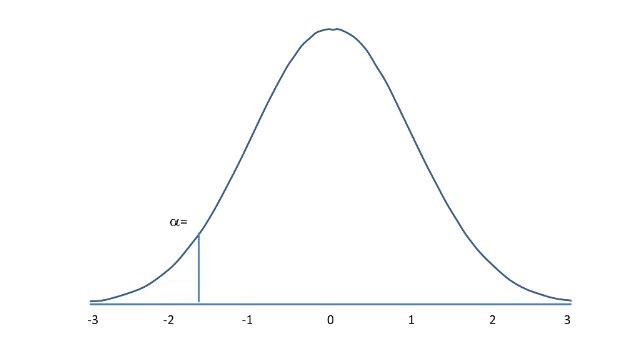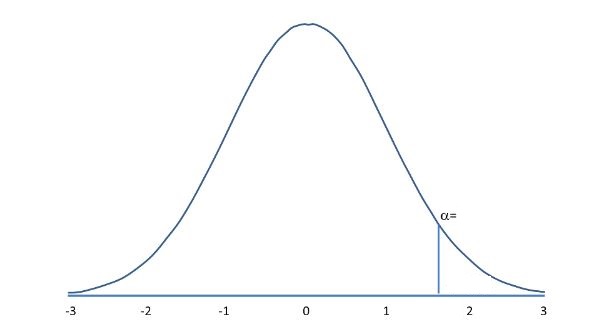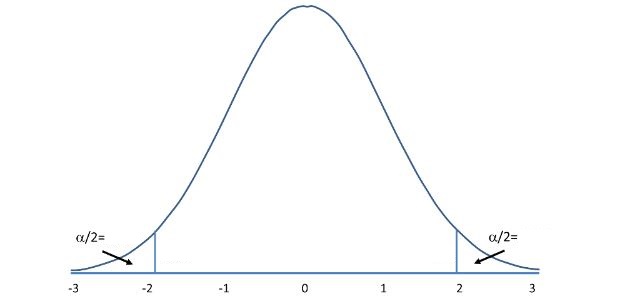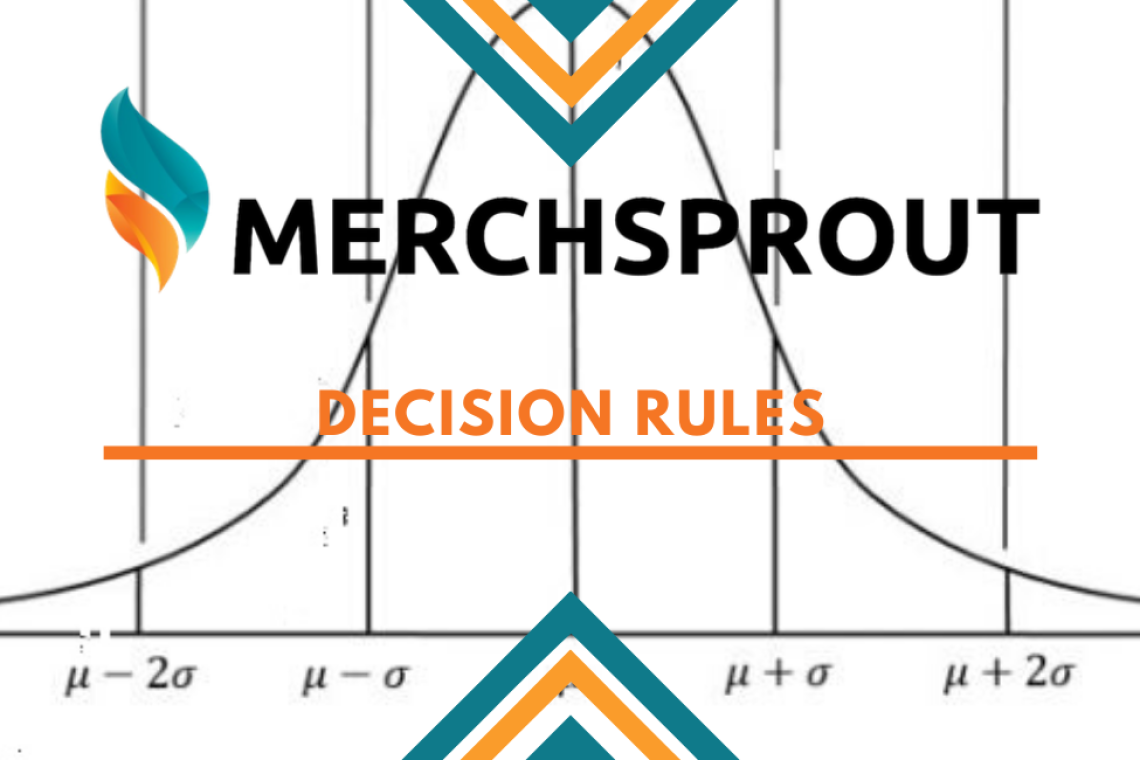Sample testing in China- Hypothesis Rules: In our previous blogs on sample testing, we discussed how we develop a hypothesis around a question and what the first 2 steps are in the process. You can find them here:
From the above, we developed the hypothesis:
- Null hypothesis, H0= All bags of crisps weigh > 32.51g
- Alternative hypothesis, H1 = Some bags of crisps weigh ≤ 32.51g
From our second blog, we described the Alpha score, we determined that due to the risk of the issue of having bags of crisps potentially weighing under 32.51g we would have an Alpha score of 0.02.
We are onto our step 3.
Determining the rules that we need to follow to either Accept or Reject the null hypothesis.
State Decision Rule
The decision rule is under what condition we will reject or accept our null hypothesis.
What does that mean?
We have 3 conditions that we want to look at when deciding which rules to follow here. We have:
- Lower-tailed test
- Upper-tailed test
- Two-tailed test
Lower-tailed test
A lower tailed test is when we concentrate on the lower limits. We look to see if the test statistic is smaller than the critical value.
That, in plain, talk is looking to see where the P-value is in comparison to our alpha value.

In a lower-tailed test then our alpha (our critical value) would be in this vicinity.
Upper-Tailed Test
An Upper-tailed test is when we concentrate on the upper limits. We look to see if the test statistic is larger than the critical value:

Two-Tailed Test
In a two-tailed test we have critical values on both the upper and lower sides of the curve. This two-tailed test also means that we apply just half of the alpha to each side of the graph:

Our choice?
As our alternative hypothesis is:
- Some bags of crisps weigh ≤ 32.51g
We want to understand if we have any possibility of our test statistic being equal to or lower than the critical value (Alpha).
So we want a lower-tailed test. It’s as simple as that.
If we needed a test where we were looking at data and our alternative hypothesis was to determine if there were any data points in the upper limits then we would use an upper limit test, and the same goes if we were looking at data falling outside of a certain range. We would use a two-tailed test.
Conclusion
I said before in a previous example of some statistical geekiness not to worry too much about understanding all this information in its entirety. Some great software tools do all the above calculations quickly. Even Microsoft Excel can do these calculations.
If you want any advice on sample testing, or indeed you want us to have a look at any of your samples please get in touch here, or connect with us on LinkedIn here and follow Merchsprout here.



